Our Project
Preface
This report was created from a partnership with GO2 Albania. GO2 is a non-government organization involved in sustainable urban planning. Their vision is “a better quality of life for our communities.” This includes preserving culture. This project is a stepping stone in a campaign to get the xhubleta recognized as a cultural artifact by UNESCO.
This project was undertaken between August and December of 2018. After conducting preliminary research in Worcester, Massachusetts, USA, the team travelled to Albania in mid October. Here, they conducted field work in a variety of villages including Shllak, Vermosh, Reç, Theth, and Tamare, occurring from mid October to early December 2018. The project focuses on the women of northern Albania, more specifically their experiences with the xhubleta, a traditional, bell-shaped Balkan dress, throughout their lives. These stories are being lost in modern day Albania due to movement towards modernization. The aim of this project was to illuminate the stories of these women, using traditional dress as a lens into their lives.
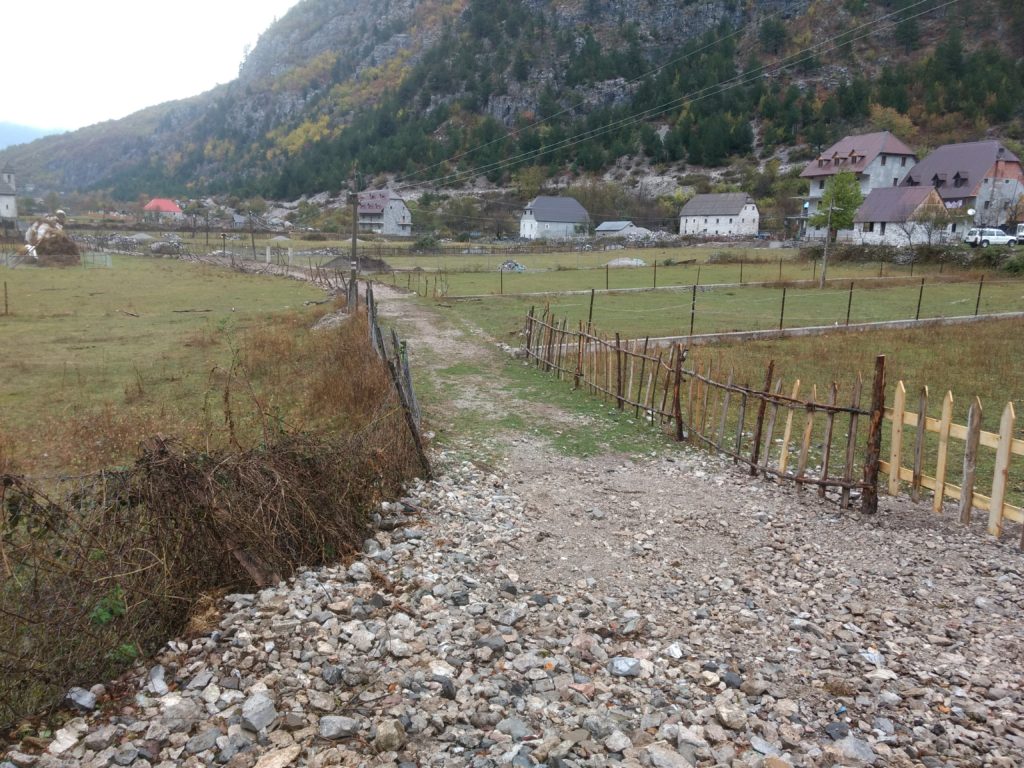
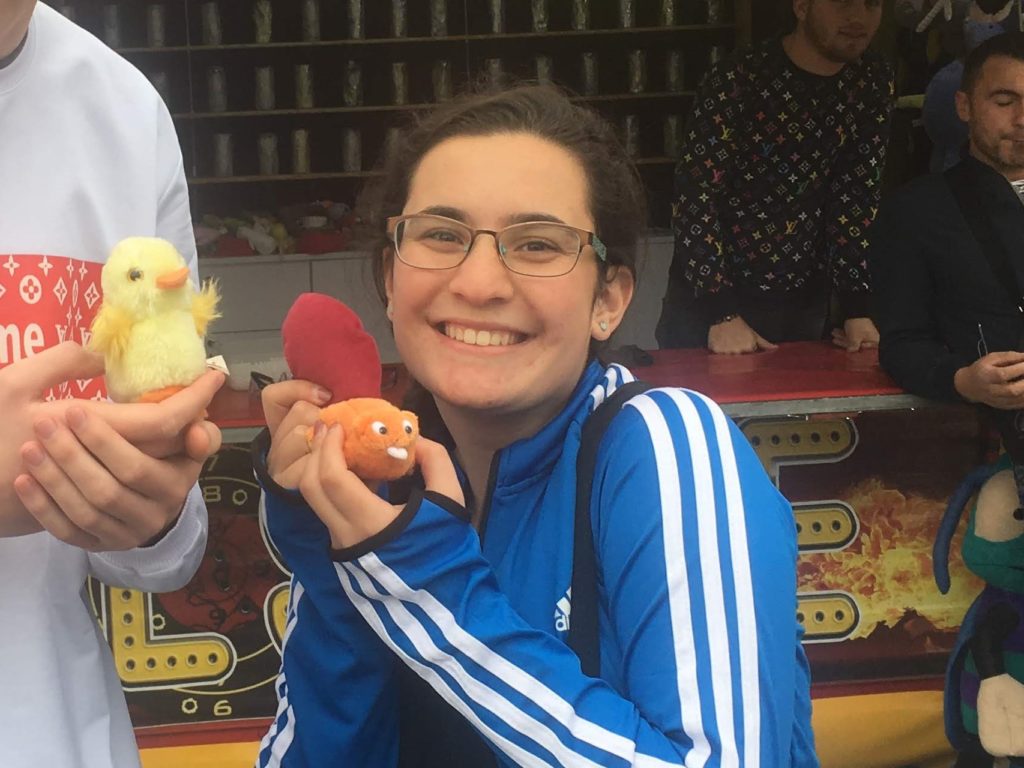
Tina
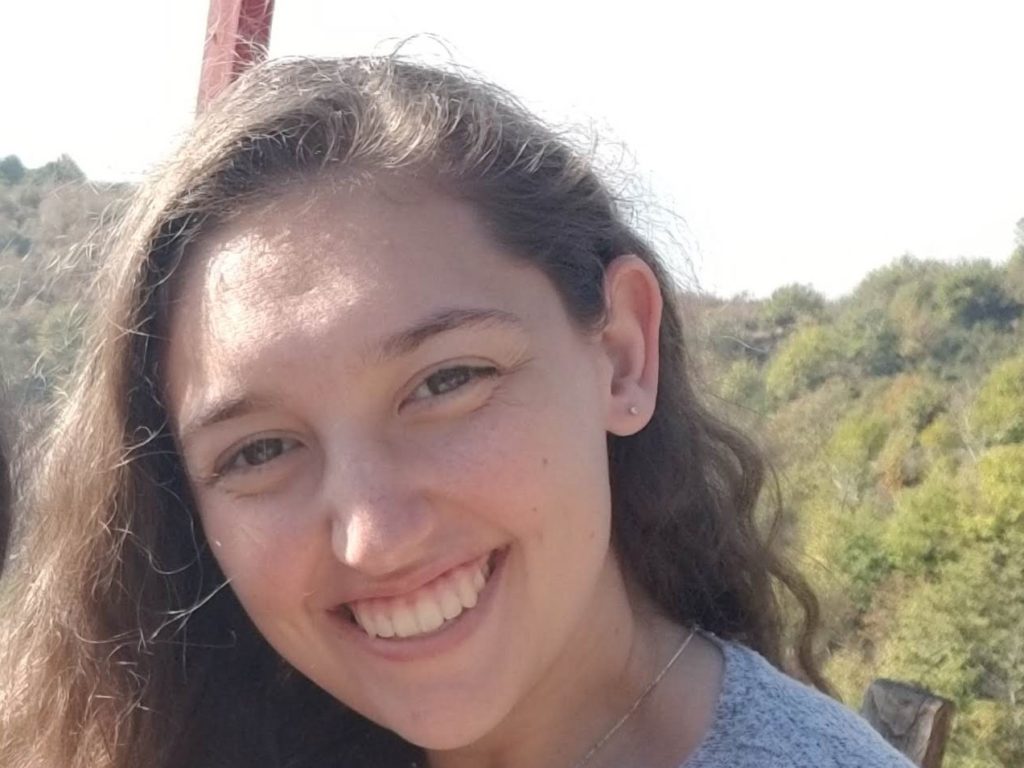
Erin
Ed
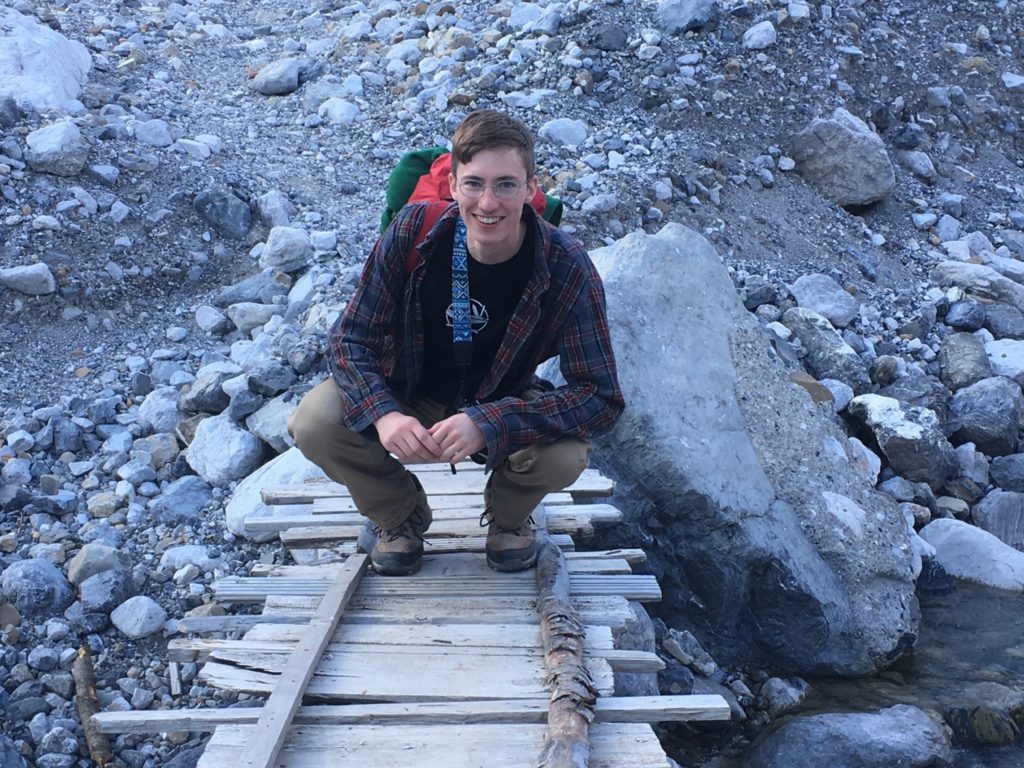
Garth
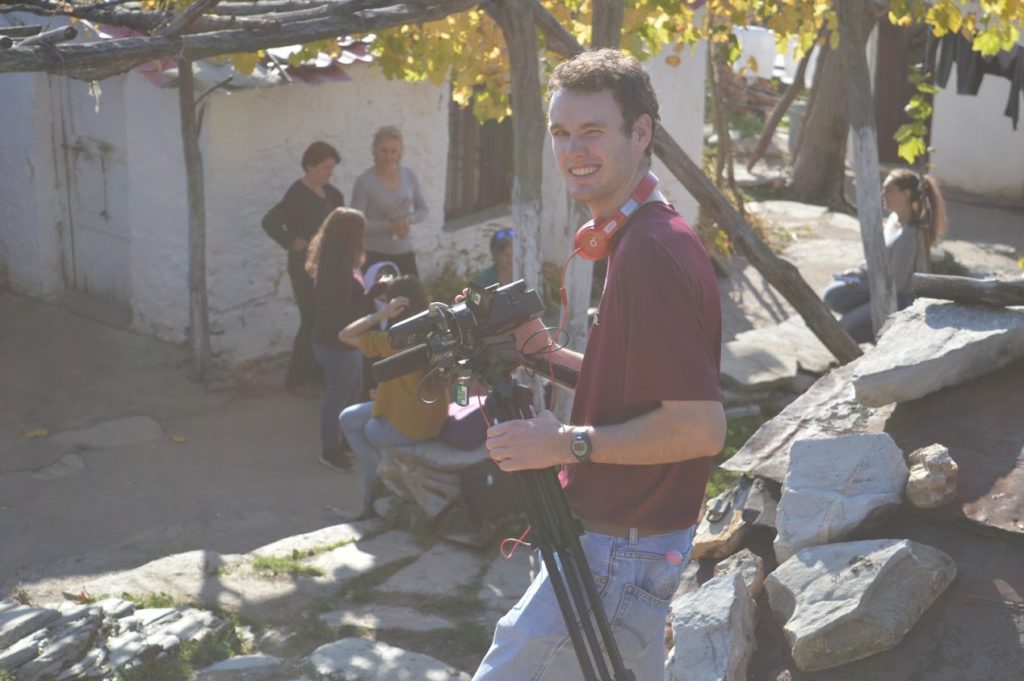
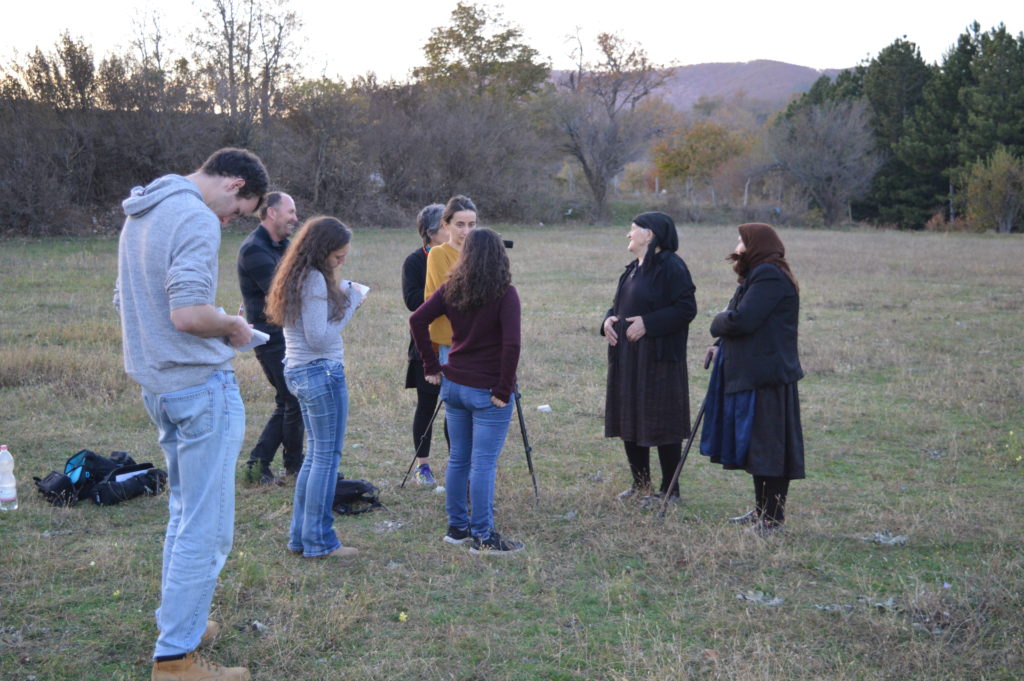
Our Approach
The aim of this project was to understand the shifting position of women’s place in northern Albania, especially over the past century. In order to understand this, we used the xhubleta as a lens through which to view the lives of these women.
We spoke with a variety of different people and groups, each with different experiences with the xhubleta. Our primary sources of information were the women of northern Albania. These were the women we wanted to learn from, to hear their stories and feel what it was like for them to live in northern Albania throughout their lives.
In our interviews, we used the xhubleta as a means of uncovering stories from the lives of these women. Despite the vastly different lives that these women had, each had some connection to the traditional costume of their ancestors. Some of the women we spoke with wore the xhubleta as a child in everyday life, while others wore it only for their wedding. By hearing the many stories of these women, we formed an understanding of the changing dynamic that governed women’s lives in northern Albania.
We interviewed ten women with direct ties to the xhubleta. These women were selected based on their personal ties to the xhubleta. We wanted to speak with women who had a strong connection to the dress and those that were willing to share their stories. Many of these women live in somewhat isolated rural areas in the mountains of northern Albania. To speak with them, we travelled to their homes. (A map of our journey through Shllak is include in this report below.)
Differing circumstances in these women’s lives created vast differences in their experiences. Some of the most important factors in deciding these experiences included age, social standing, location, and maternal connection. Rather than speak to many women about their opinions of the dress, we wanted to develop closer connections with the women we did talk to. We conducted longer interviews, trying to gather a thorough collection of their experiences through the dress. We felt that these personal connections would allow us to share the voices of these women through their own words, not ours.
Other sources that we spoke with included collectors of traditional costume, museum directors, and traditional costume enthusiasts in Albania. From these interviews we hoped to gain a better grasp of the historical context in Albania. We wanted to understand how changes in Albania’s history have affected the lives of women; for example, how the introduction of communism impacted the woman’s place in the family. In addition, we hoped to learn about the traditions surrounding the xhubleta, including how a community or family came together to create a xhubleta. These interviews were beneficial in conveying the broader circumstances of how a woman’s place in society shifted in parallel to the dress. Using this contextualizing information, we were able to ask the women questions about specific moments in their lives.
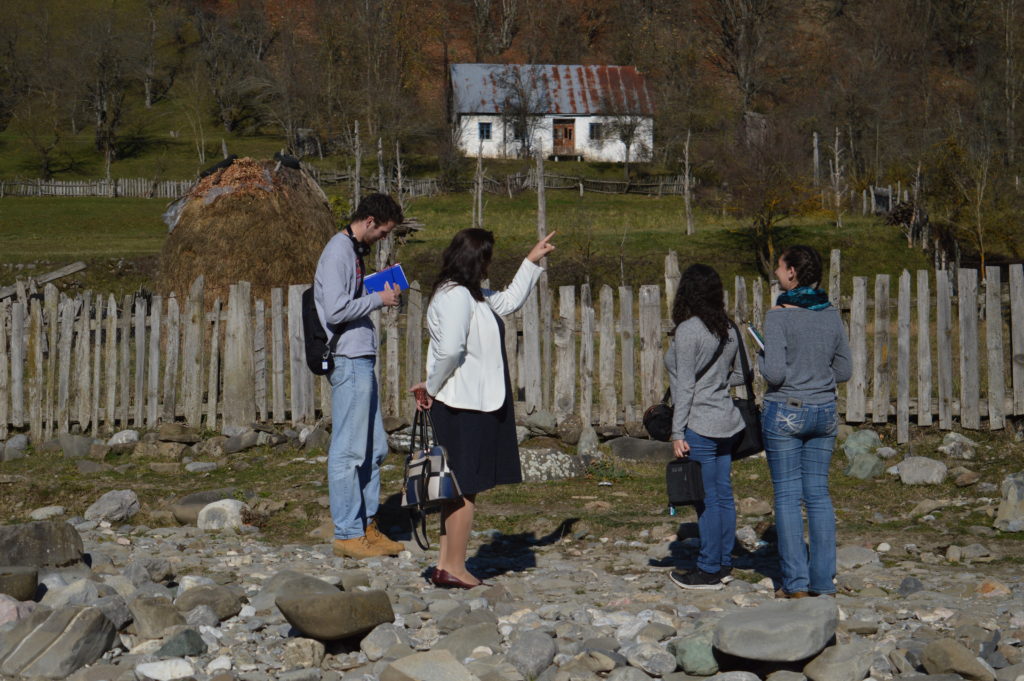
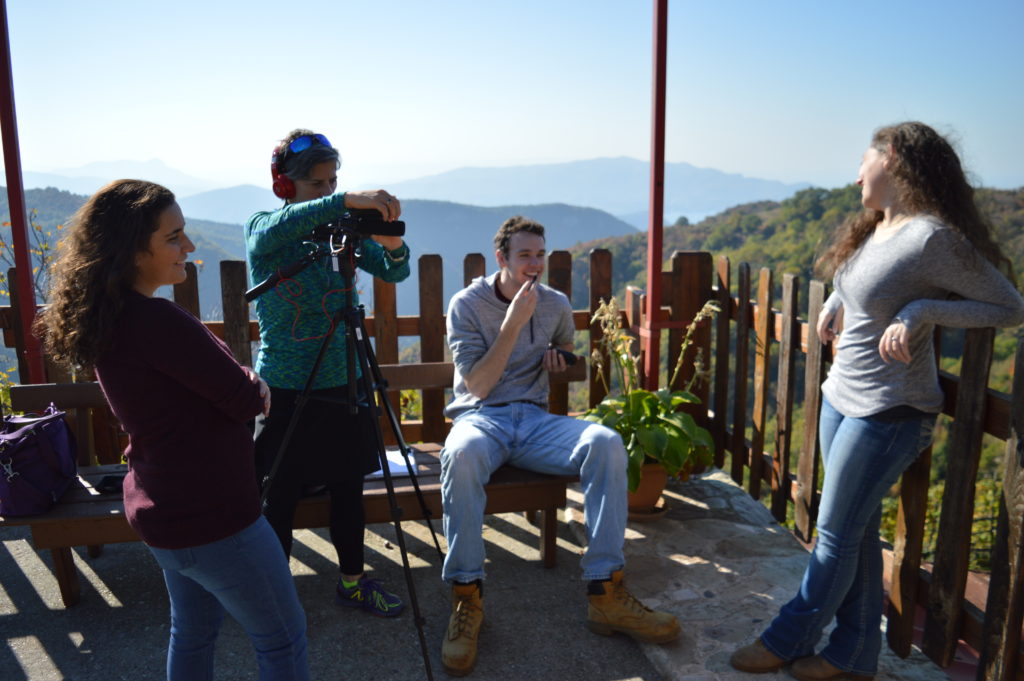
Thank you!
The team would like to give thanks to all those who helped them complete this project. A special thank you to the WPI advisors of the Tirana, Albania project center, Professor Robert Hersh, Professor Leslie Dodson, and Professor Peter Christopher, as well as those at GO2, Sonila Hasaj, Eltjana Shkreli, and Irhan Jubica. Without them, this project would not have become a reality.
The students would also like to thank Professor Hektor Kashuri for telling the team about his life in Albania at the onset of this project, as well as Philip Waterman who helped the team with their initial research. Thank you to Vanessa Bumpus at the Worcester Historical Museum, Professor Dominic Golding at WPI, and Jeffrey Forgeng at the Worcester Art Museum who spoke with the team about setting up their final presentation. The students would also like to thank Fisnik Muca for his help in connecting them with sources and getting their project off with their first interview.
The team thanks all those who took time out of their days to speak to them about the xhubleta. This includes those who have considerable knowledge on the xhubleta including Gjon Dukgilaj – owner of Tradita, Fatmir Juka at the Shkoder Historical Museum, Rita Shkurtaj, Azgan Berhami, and Professor Hamza.
The team would like to give a very special thank you to all of the women that they spoke with: Prena, Tonine Boloj, File Nika, Lule Sokoli, Pashkë Noja, Age Vuktilaj, Dile Vaçoj, and Zinë Markaj.